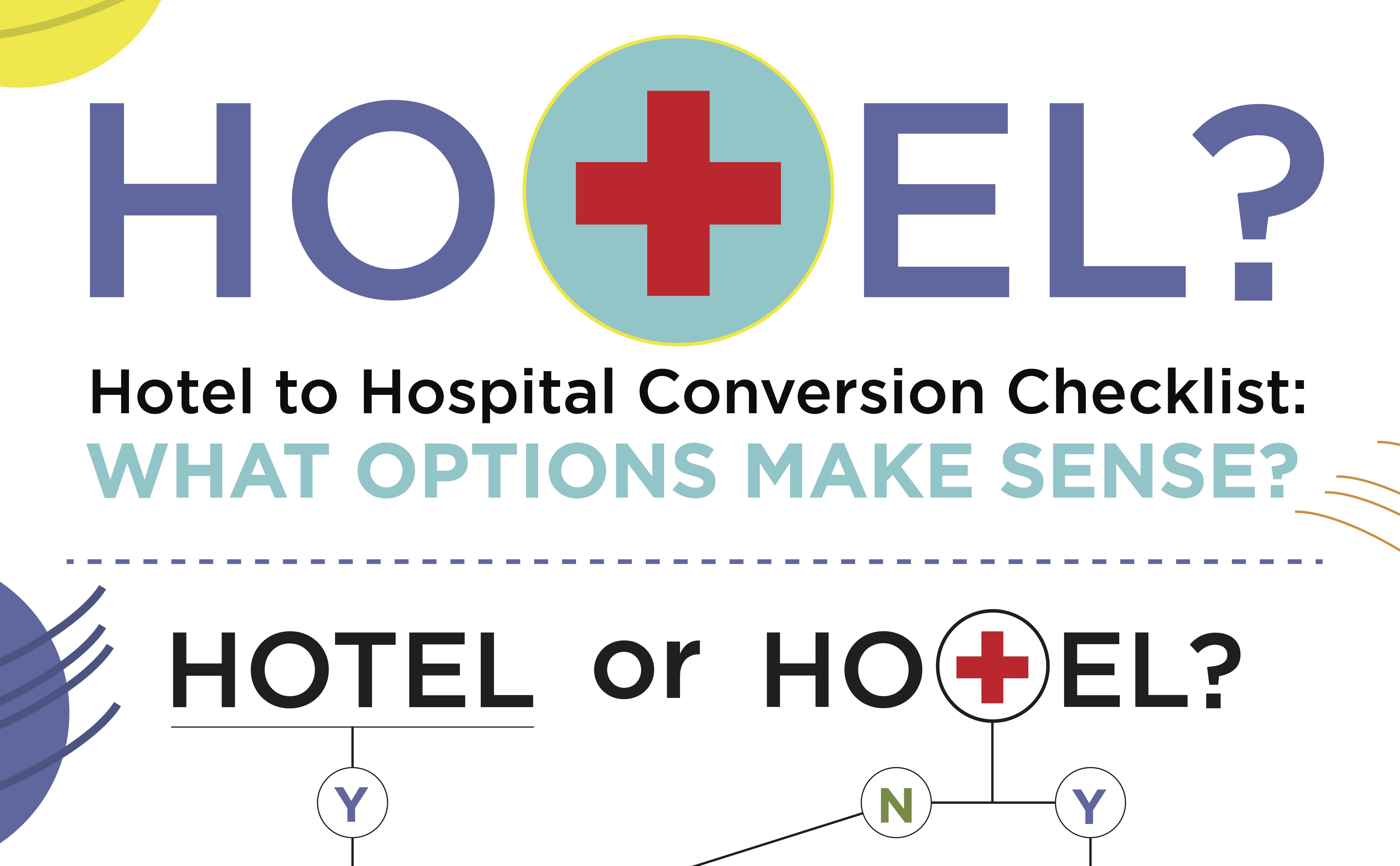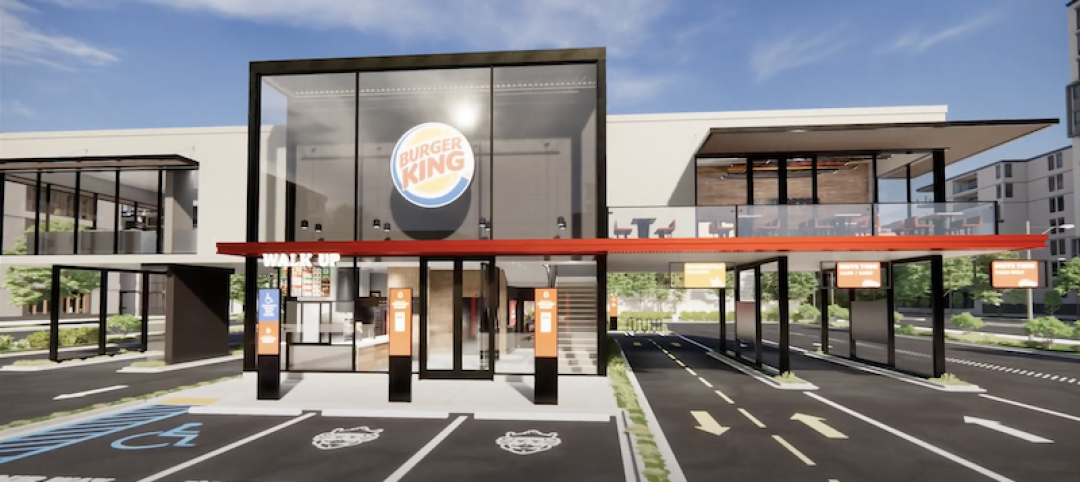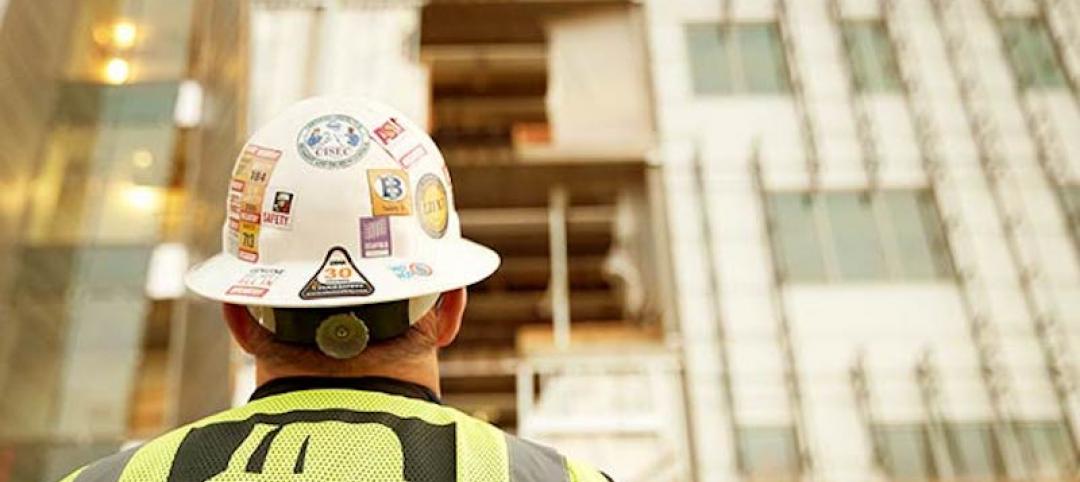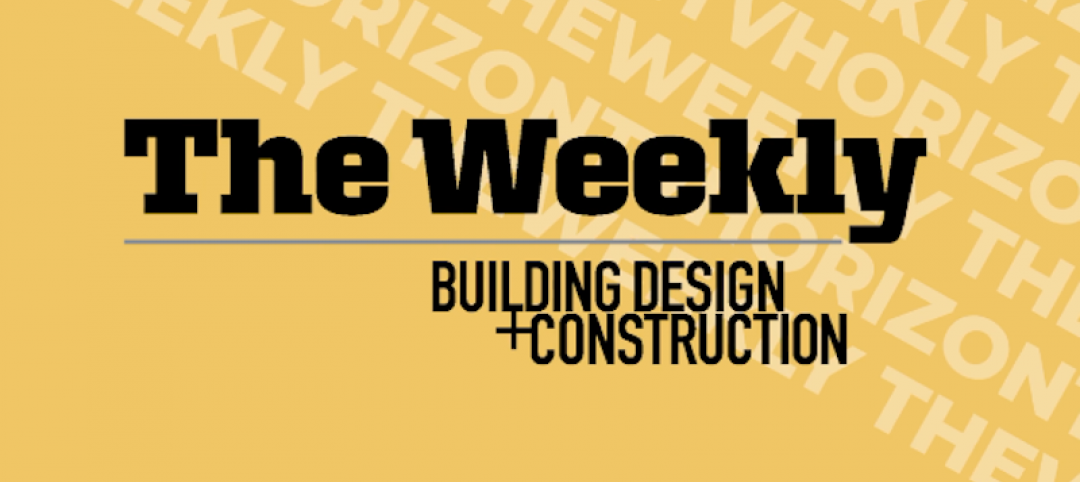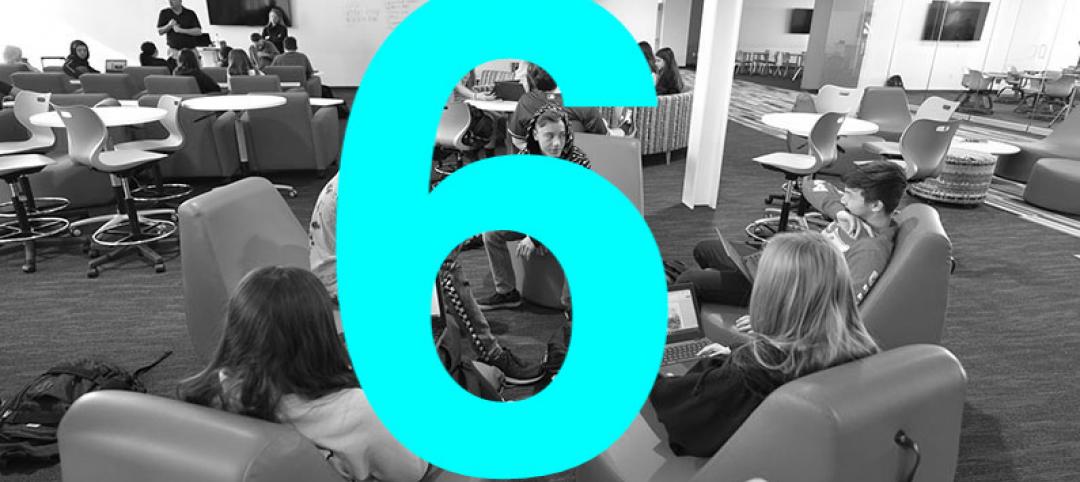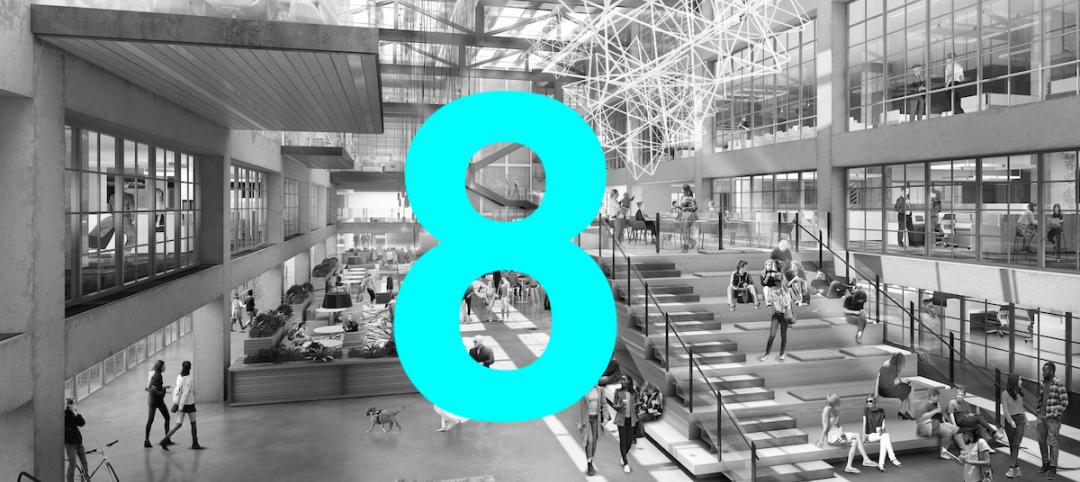The American Hospital Association estimates that the U.S. has 924,000 hospital beds, or fewer than three beds for every 1,000 people. Less than 5% of those beds can be used for intensive-care patients.
If, as Array Advisors predicts, most states will run out of available ICU beds by the middle of this month, repurposing hotels as temporary healthcare facilities becomes more viable, even necessary, by the day.
Tvsdesign, whose team is currently the design architect on the 1.2-million-sf Javits Center expansion in New York, has put together a checklist for when hotel-to-hospital conversion options make sense (see infographic below).
The firm also has analyzed three scenarios, based on patient needs and how they can be matched with available hotels.
• Scenario 1: Non-COVID-19 positive patients in recovery from surgeries/illnesses who don’t require life-support equipment. These patients could be relocated to appropriate facilities to free up hospital beds for meeting demands related to COVID-19.
• Scenario 2: Non-COVID-19 positive patients in recovery that require specialized and powered equipment.
• Scenario 3: COVID-19 positive patients in treatment.
The firm observes that some hotels will work better than others in supporting each scenario. Cleanable surfaces, mechanical and electrical systems, nurse-call devices, and handwash sinks are all factors that might need to be added to any hotel conversion.
Tvsdesign has identified hotel room types that can support these patient scenarios, ranging from 300 to 1,000 sf of space used per patient. For instance, a standard 300-sf King Suite room in a hotel might be a best-use case for Scenario 1; a 500-sf King Suite, with additional power, could support Scenarios 1 and 2. The latter suite setup, with a full kitchen, would allow family members to stay full time with patients, and allow for the patient to have an extended recovery period.
Option three would be a 600-sf standard King that could work for Scenario 3. A connecting room could be used as an ante room to maintain necessary pressure levels in the isolation room, and act as a nurse’s station. Before any conversion, the owner should consult with a mechanical engineer for adjustments to the room’s HVAC system.
Option 4, a 1,000-sf King Suite with the same setup as Option 3, also works for Scenario 3.
“Based on our analysis, we believe that hotels can easily be used to care for COVID-19 negative patients who may be in recovery and not requiring intensive care,” states tvsdesign. “The most practical and cost-effective approach is to divert patients from hospitals to hotel rooms as possible, increasing capacity within hospitals for the most critically ill patients.”
(CLICK INFOGRAPHIC TO ACCESS FULL-SIZE VERSION)
Related Stories
Coronavirus | Sep 28, 2020
Cities to boost spending on green initiatives after the pandemic
More bikeways, car restrictions, mass transit, climate resilience are on tap.
Coronavirus | Sep 28, 2020
Evaluating and investing resources to navigate past the COVID-19 pandemic
As AEC firm leaders consider worst-case scenarios and explore possible solutions to surmount them, they learn to become nimble, quick, and ready to pivot as circumstances demand.
Coronavirus | Sep 24, 2020
The Weekly show: Building optimization tech, the future of smart cities, and storm shelter design
The September 24 episode of BD+C's "The Weekly" is available for viewing on demand.
Coronavirus | Sep 10, 2020
Mobile ordering is a centerpiece of Burger King’s new design
Its reimagined restaurants are 60% smaller, with several pickup options.
Coronavirus | Sep 9, 2020
Prefab: Construction’s secret weapon against COVID-19
How to know if offsite production is right for your project.
Coronavirus | Sep 3, 2020
The Weekly show: JLL's construction outlook for 2020, and COVID-19's impact on sustainability
The September 3 episode of BD+C's "The Weekly" is available for viewing on demand.
Coronavirus | Sep 1, 2020
6 must reads for the AEC industry today: September 1, 2020
Co-working developers pivot to survive the pandemic, and the rise of inquiry-based learning in K-12 communities.
Coronavirus | Aug 28, 2020
7 must reads for the AEC industry today: August 28, 2020
Hotel occupancy likely to dip by 29%, and pandemic helps cannabis industry gain firmer footing.
Coronavirus | Aug 27, 2020
8 must reads for the AEC industry today: August 27, 2020
Extended-stay hotels are the lodging sector's safest bet, and industrial real estate faces short-term decline.
Coronavirus | Aug 25, 2020
Co-living firm Common issues RFP for the future home office and work hub
Common, the U.S.’s largest co-living company, recently released an RFP for a “Remote Work Hub” to blend work and life from the ground up.


